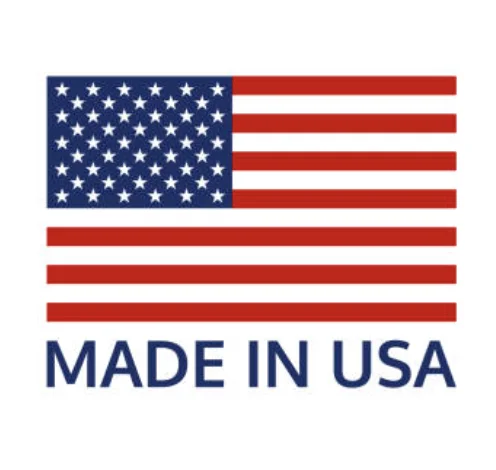-
561-204-5765561-204-5765
-
MADE IN USAMADE IN USA

Menu
Menu
Menu

Hidden Threats: How Aquatic Weeds Impact Property Values
Aquatic weeds—especially invasive species like Eurasian watermilfoil—are more than just a nuisance on the water’s surface. They come with significant economic consequences. Globally, invasive aquatic plants are estimated to cause billions of dollars in damages, and in the United States their impact is widespread, affecting ecosystems, recreation, and local economies.
The Impact on Lakefront Homes
Research shows that lakes invaded by dense aquatic weeds consistently experience measurable declines in waterfront property values. Studies in Washington, Idaho, Vermont, and the Adirondack region have all documented this effect, with decreases in value ranging from modest reductions to nearly one-fifth of a property’s worth. These findings hold true across different parts of the country, confirming that the presence of invasive weeds can influence how much buyers are willing to pay for lakeside homes.
Why Values Decline
The reasons are straightforward. Dense aquatic vegetation makes lakes less appealing for recreation, reduces water clarity, and creates a perception of poor water quality or neglect. As a result, buyers see infested lakes as less desirable places to live, which translates directly into weaker real estate demand and lower property values.
The Case for Mechanical Removal
Managing aquatic weeds isn’t just about protecting the environment—it’s about safeguarding community investment. While chemical spraying can fragment weeds and contribute to long-term water quality issues, mechanical harvesting offers a more sustainable solution. By physically removing vegetation from the ecosystem, mechanical methods help restore recreational value, maintain water quality, and protect both biodiversity and the economic value of lakefront properties.
Sources